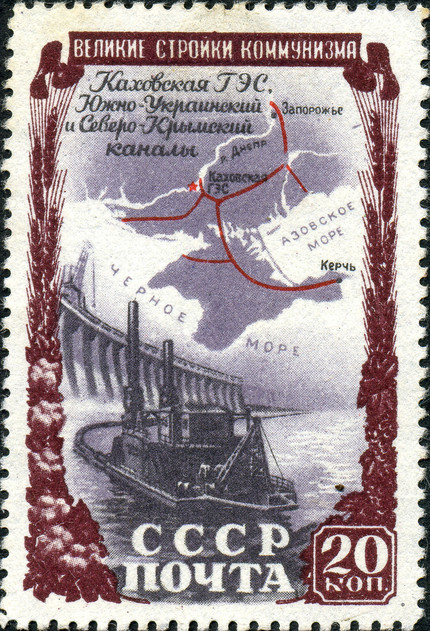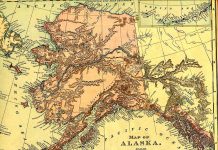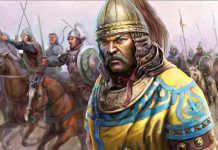“…Stalin’s successor, Nikita Khrushchev, learned the lesson up close and personal. In 1953 he travelled to Crimea with his son-in-law, the prominent Soviet journalist Aleksei Adzhubei. The trip was no vacation. According to Adzhubei, Khrushchev had a series of awkward encounters with crowds of post-war Soviet settlers, who made desperate pleas for more material assistance. Khrushchev was frustrated by all the complaints. “Why did you come here anyway?” Adzhubei recalls Khrushchev asking the settlers. “We were tricked!” they replied. Adzhubei described Crimea at the time as a deeply “desolate” region still struggling to rebound from Nazi occupation and what he called Stalin’s “Tatar genocide,” which had not only depopulated the peninsula but deprived it of agricultural know-how in the cultivation of vineyards and tobacco fields. By all accounts, the bleak conditions in Crimea shocked Khrushchev. According to Dmitrii Polianskii, who served as head of the Communist Party in Crimea between 1953 and 1954, Khrushchev came to the conclusion that “Russia had paid little attention to Crimea’s development” and that “Ukraine could handle it more concertedly.” Khrushchev and other Soviet authorities learned the hard way that Crimea is not an “island” or a “jewel,” as Russian metaphors would have it, a beautiful but self-sufficient swath of territory. Instead, to reach for another metaphor, Crimea is a flower whose blossom floats in the Black Sea and whose stem reaches deep into the Ukrainian steppe, into the territory around today’s frontline cities of Kherson, Melitopol’, and Mariupol’…
In February 1954, Khrushchev’s regime took action to rejoin the blossom to its stem, announcing the formal transfer of the Crimean oblast from Soviet Russia to Soviet Ukraine. During the formal Politburo proceedings, Soviet Russian politician Mikhail Tarasov justified the transfer by describing Crimea in the way we should understand it today: as “a natural continuation of Ukraine’s southern steppe.”
Adzhubei called the transfer a “business transaction” directed toward Crimea’s economic development. It produced quick dividends. In 1957, Ukrainian authorities in Kyiv oversaw the launch of what had been decades earlier merely a Russian pipedream: the construction of the North Crimean Canal, which expedited flows from the Dnipro river near Kherson to irrigate the entire peninsula. Crimea’s economy, particularly its agricultural sector, improved dramatically. So did its tourism industry. High-rise sanatoria for the Soviet elite popped up along the southern coast, driving the image of a Soviet Shangri-La along the Black Sea.
Only in later years would Ukraine’s success in developing Crimea be denigrated and mythologized as Khrushchev’s “gift” of Crimea to Ukraine – or worse, as Khrushchev’s “mistake.” The transfer of Crimea to Ukraine was no mistake. It was a rescue. (Excerpt is taken from Politico.com)
Kyiv has much deeper ties to Crimea that many people realize. Should Ukraine return to Crimea its historic name of Taurica? >










